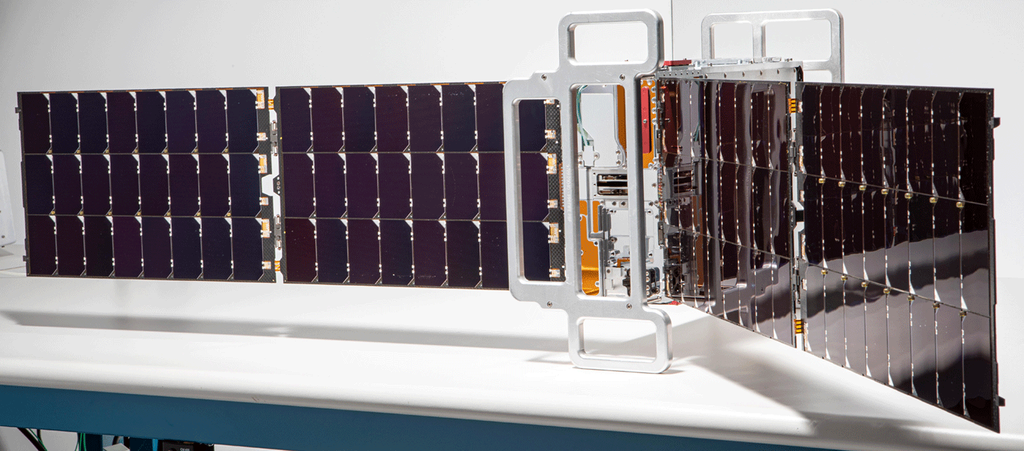In one of the deepest celestial surveys yet made by NASA's Hubble Space Telescope, astronomers have discovered a small group of previously unknown, interacting galaxies estimated to be three billion light-years away.*
Hubble caught the galaxies in an early stage of evolution, and so they offer new clues to developing a much clearer understanding of how galaxies have changed over time.
Nearly half the galaxies appear to be merging with one another in the Hubble image. This suggests a very rapid evolution of galaxies and clusters of galaxies over very short time spans, according to astronomers. These results might help improve theories which predict that galaxies evolved faster than earlier thought, perhaps due to the influence of dark matter - invisible or undetected mass pervading the universe.
A galaxy is a city of stars that are held together by their mutual gravitation. Galaxies are considered the basic building blocks of the universe and HST's high resolution image reveals that many early galaxies' "building blocks" are in pairs. "In many of the pairs, at least one galaxy is blue, which indicates that star formation is under way at a high rate, possibly triggered by interaction with the neighbor galaxy," says Dr. Richard Griffiths of The Johns Hopkins University, Baltimore. "Such mergers and interactions may be the rule within galaxy clusters rather than the exception."
"Though the largest galaxy in the image is about the size of our own Milky Way galaxy, most of the galaxies detected are much smaller than our own. They might eventually merge to form the many large galaxies that we see in the universe at the present day," he says.
Over the past two years, Griffiths and colleagues at Johns Hopkins University, with a team of astronomers in the U.S. and Britain, have used the Hubble Space Telescope to carry out a serendipitous survey of small areas of sky. This is done with the Wide Field Camera, which is used to take a picture of a piece of sky close to a main target such as a quasar or galaxy that is being observed by a different Hubble instrument.
The survey is one of several Key Projects using Hubble. In previous images the deep survey has uncovered remote and unusual galaxies never before resolved by an optical telescope. HST's new level of detail reveals a bizarre variety of shape and structure in these distant galaxies, which only previously appeared as fuzzy blobs from ground based telescopes.
*The distance to the largest galaxy in the image has been measured by Prof. Rogier Windhorst and his group at Arizona State University, using the Multi-Mirror Telescope in Arizona, operated by the University of Arizona and the Smithsonian Institution.
































